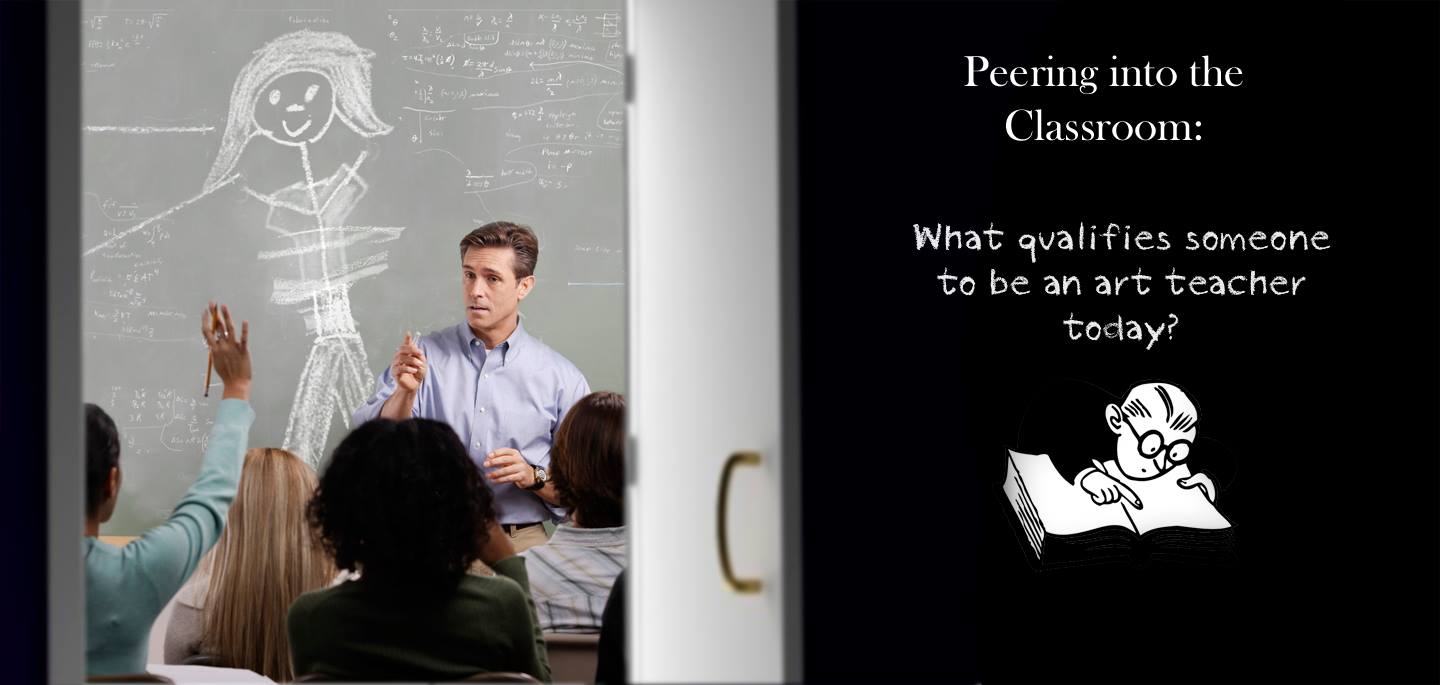For some reason there has been a recent resurgence of people sharing the 2011 news story (on social media) regarding artist Tracey Emin and her “Professor of Drawing” appointment by London’s prestigious Royal Academy. For those of you that are unfamiliar with the story—Ms. Emin’s work does not tend to demonstrate any significant ‘drawing skill’ whatsoever (but perhaps my analysis is just my own limited understanding of her efforts.) You can judge for yourself (and view the original story) here: http://
Now while this may sound like a silly question—I want to ask it in the event I am missing something important: Should an ‘art instructor’ be able to draw and paint in order to teach drawing and painting? How skilled should an instructor be in order to be deemed qualified to teach visual art (esp. foundational courses)?
I have had the pleasure of speaking to many art educators over the years (especially on several social media sites) and have interacted with both ends of what I would call the ‘qualified’ spectrum. Many are brilliant and shine a bright light onto the future of arts education—however, there are some that do not seem to be able to grasp the most essential basics of an effective visual arts education. To my surprise, what I understand as deficits inherent to these latter ‘instructors’ does not seem to be hampering any interest in their teaching efforts. I find it very puzzling…
Many people are already familiar with my 16(+) year history with art education and my strategies for developing visual arts curricula. For some that may not know—my inspiration for curricula development came from my experiences with both art AND music education. When I was young I was fortunate enough to be exposed to both formal music and art training. I noticed early on that most art teachers I had would teach selective/subjective ‘fundamentals’—and in turn, many (not all) had a narrow range of skills based on these ‘fundamentals’. However, in music classes I had noticed that every teacher taught the SAME fundamentals and therefore could play absolutely anything that was put in front of them. And yes—nearly all of them were also highly skilled in regards to original composition in the style/genre of their choosing. Just because they gravitated to a particular genre for their own music — they were able to explore and experience any genre effectively—and therefore were able to demonstrate the skill and adaptability inherent to the standardized fundamentals of their curriculum. Is there any question as to why I would choose to mimic the models of music curricula as opposed to the academic models for visual art? I hope not.
I believe that many would agree that with the rise of the Ateliers and private studios over the past 15 years or so that art education in general has significantly improved (‘improved’ being an increase in available educational resources that DO focus on somewhat standardized, adaptable visual art fundamentals). I am confident that this trend will continue to grow and expand into the halls of academia as more graduates from strong skill-based curricula are eventually called upon to see to skill-hungry students
So I ask those of you with interest in the future of art education to consider the following: Should an art instructor be able to draw and paint in order to teach drawing and painting? How skilled should an instructor be in order to be deemed qualified to teach visual art (esp. foundational courses)?
In addition: anyone can request to join the Visual Arts Curricula Group here on Facebook to have access to all of the curricula I have designed for both the atelier/studio and the college-level classroom.
https://www.facebook.com/

